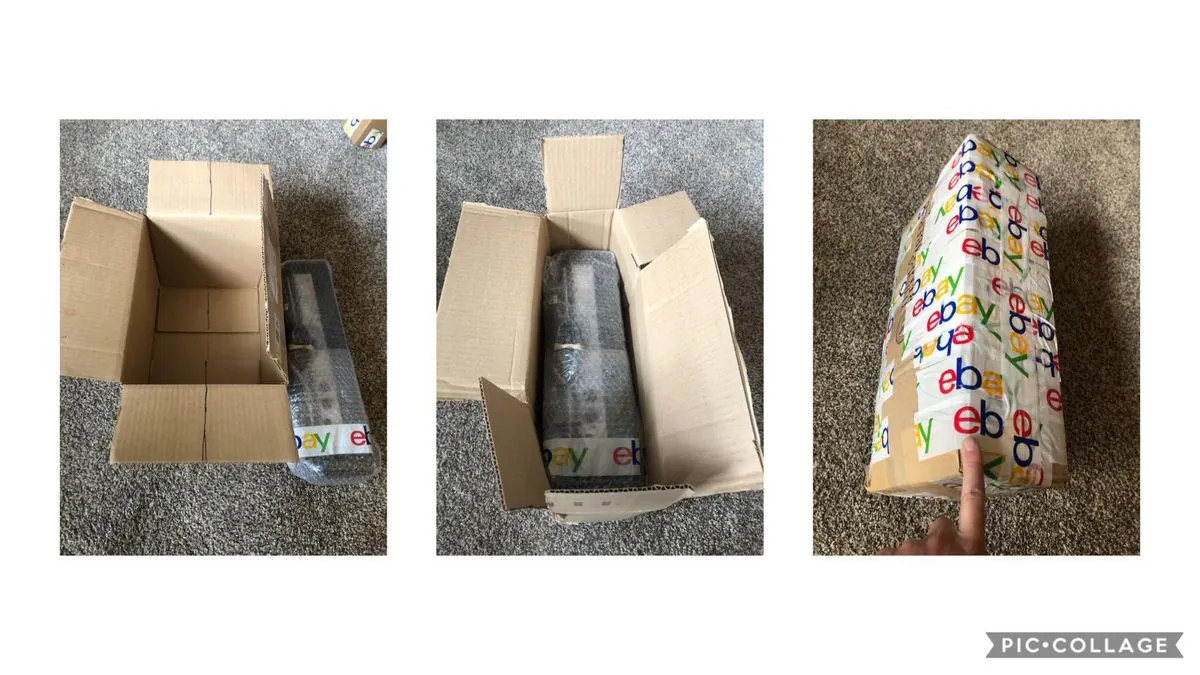The Hidden Cost of Convenience: The Online Shopping Return Dilemma
Online shopping's ease contrasts sharply with the challenges of returns. As e-commerce grows, consumers struggle with complicated return processes, leading to waste and psychological burden.

In the ever-expanding world of e-commerce, where global sales reached a staggering $5.2 trillion in 2021, a paradox has emerged. While online shopping has become increasingly convenient, the process of returning unwanted items remains a significant challenge for many consumers.
Consider the case of Brandi de Jager, a 48-year-old writer from Charlotte. In early 2023, she impulsively purchased six pairs of shoes online, totaling nearly $1,000. Despite liking only two pairs, de Jager found herself unable to return the others due to the complicated return process. More than a year later, the unwanted shoes remained hidden in her closet, a testament to the widespread struggle with online returns.
This scenario is far from unique. The average return rate for online purchases stands at 20-30%, with apparel topping the list at 12.2%. Yet, the return process often feels like navigating an obstacle course. As de Jager aptly puts it, "Life is harrowing enough right now, right? Without running the gauntlet of hurdles [required to return a package]."
The environmental impact of this inefficient system is substantial. Christian Piller, a lecturer at DePaul University's business school, estimates that 40% of all returns end up in landfills. In the United States alone, returns generate 5 billion pounds of landfill waste annually.

The psychological toll of unreturned items is equally significant. Mary Terselic, 73, from Racine, Wisconsin, shared her experience:
"I currently have a bag of merchandise purchased at a national department store that's been in my car since before Christmas. I don't know why I procrastinate about making returns. [Many] times I wait so long that I am too embarrassed to return the items. ... Just thinking about that bag of clothing malingering in my car makes me anxious."
[[Mary Terselic, 73, from Racine, Wisconsin]]
This sentiment echoes across various age groups and professions. Rona Hu, a 60-year-old psychiatrist and Stanford University professor, admits to feeling "like a 5-year-old" when attempting to return items.
The root of the problem lies in what's termed "reverse logistics." While companies have innovated to make purchasing easier, they've largely neglected the return process. Alan Amling, a professor at the University of Tennessee business school, explains that this isn't a conspiracy but rather a lack of prioritization in innovation for returns.
Despite the systemic nature of the issue, individuals can adopt strategies to cope. Personal organizer C. Lee Cawley suggests establishing a "cut-loss number" - a threshold below which one won't bother with returns. Creating a dedicated "shipping station" at home can also help manage the process more effectively.
However, these individual solutions don't address the core problem. The contrast between easy purchasing and difficult returns remains a constant source of frustration. As de Jager concludes, "It's like playing a game where the game developer hates you. That's what living in modern life feels like."
As e-commerce continues to grow, with 92% of consumers more likely to make repeat purchases if returns are easy, retailers must innovate in reverse logistics. Until then, the hidden cost of convenience will continue to pile up in closets and landfills alike.


































